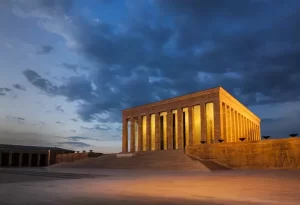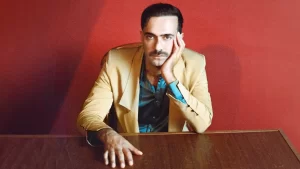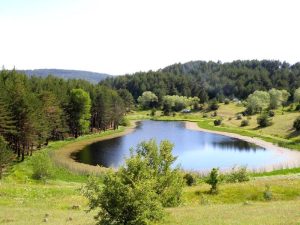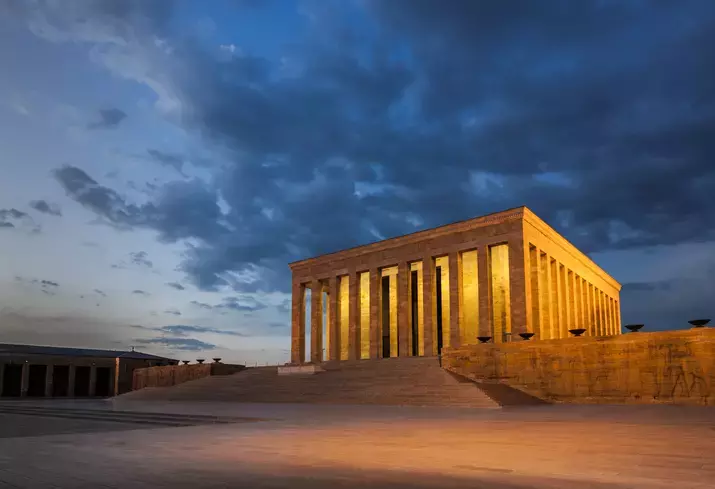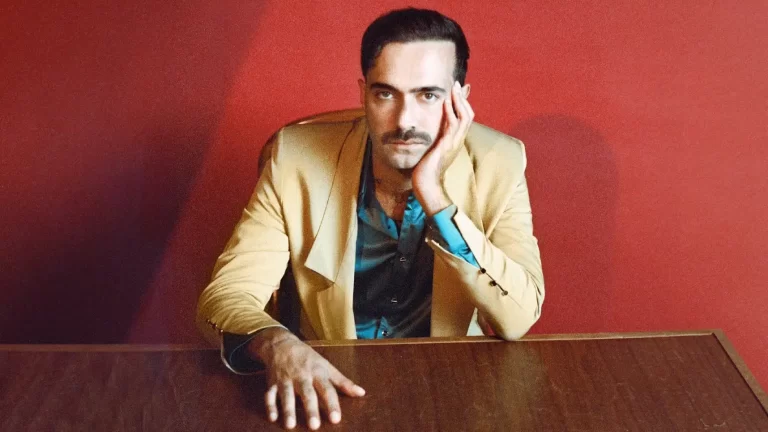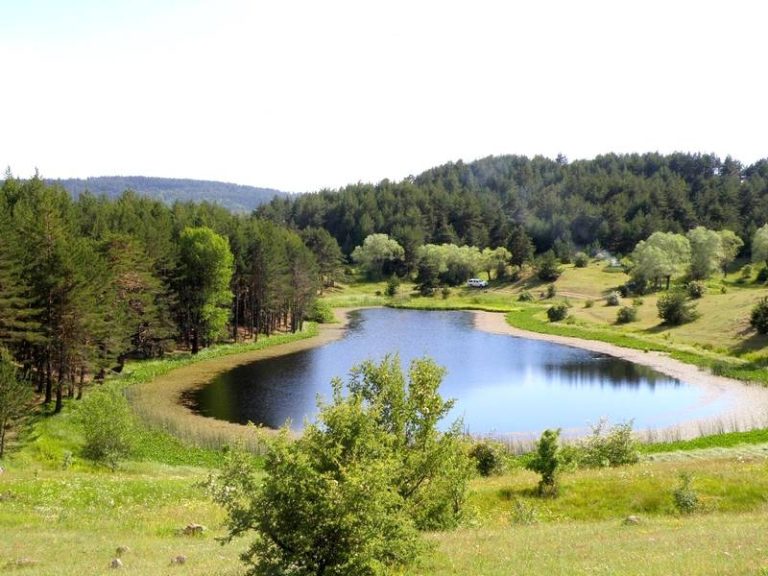Turkey is a cultural treasure located at the crossroads of ancient civilizations. However, there are certain places that hold a special place both historically and mythologically. The Ancient City of Gordion is one of these rare sites. With the legend of King Midas, the Gordion Knot, and its UNESCO World Heritage status, Gordion is not only an archaeological site but also a cultural time capsule.
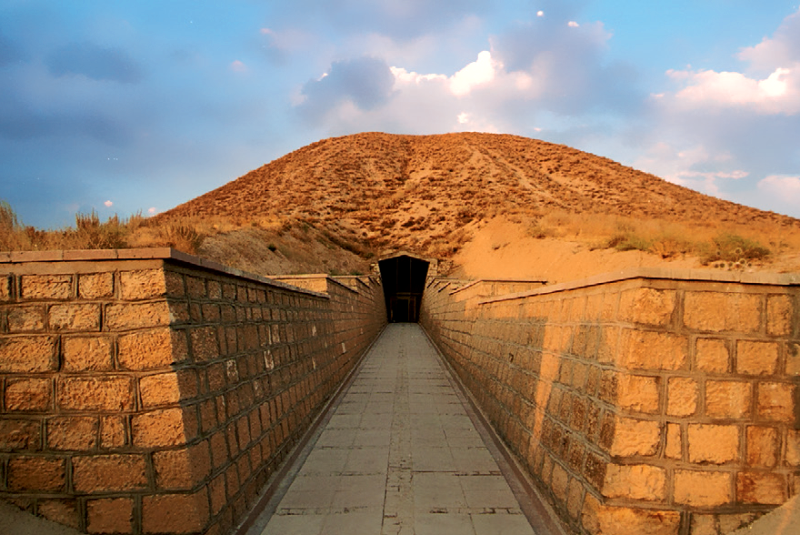
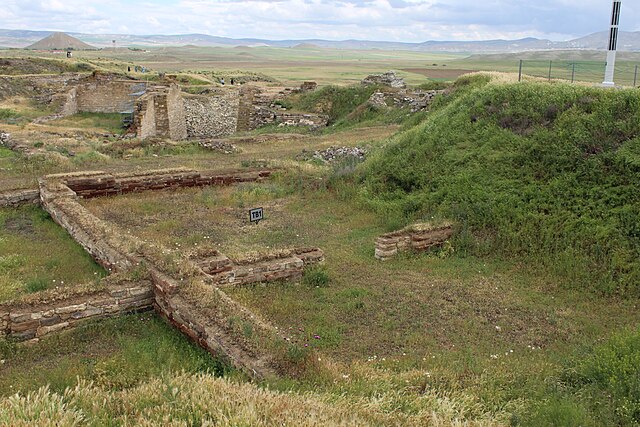
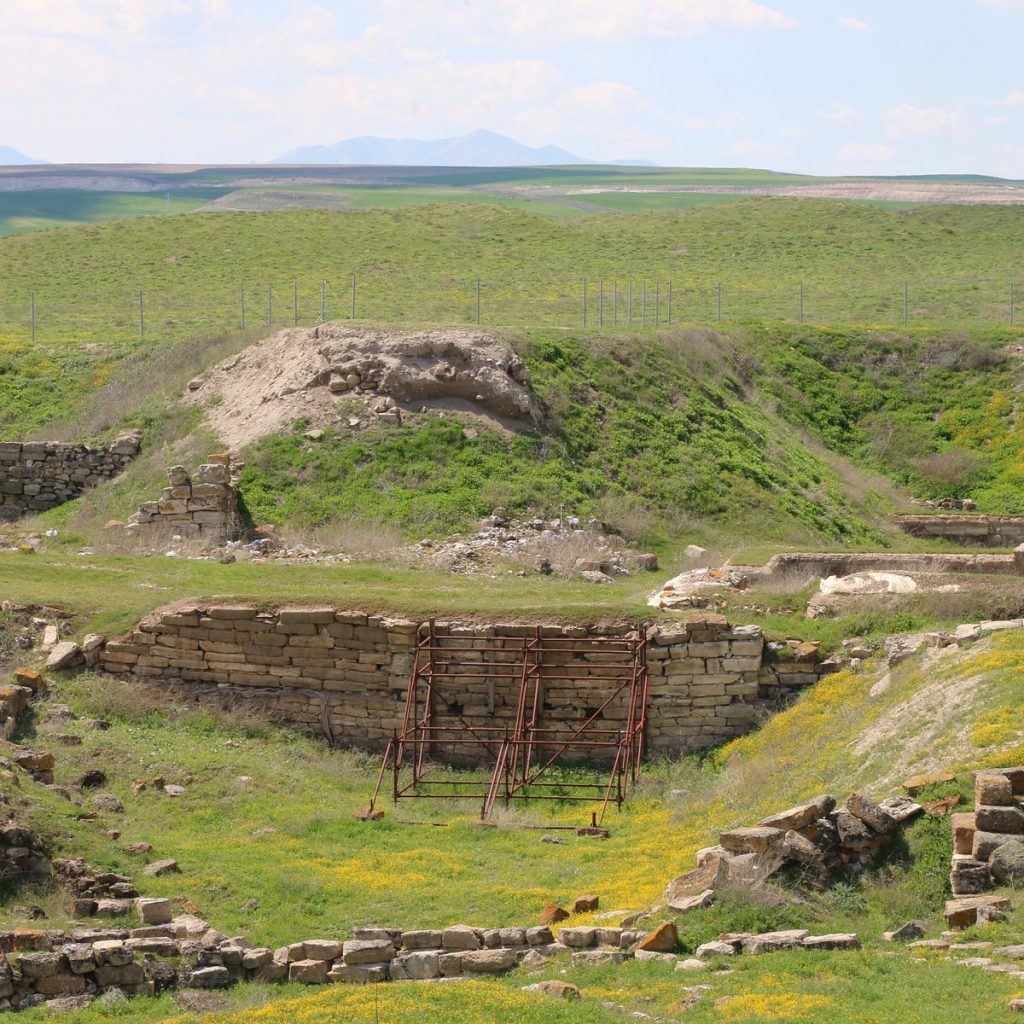
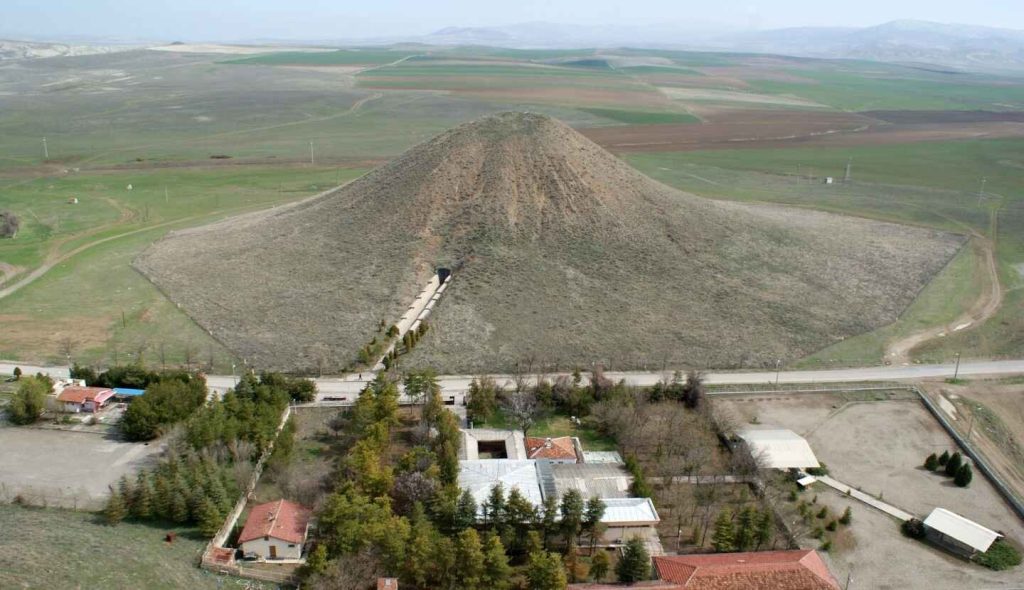
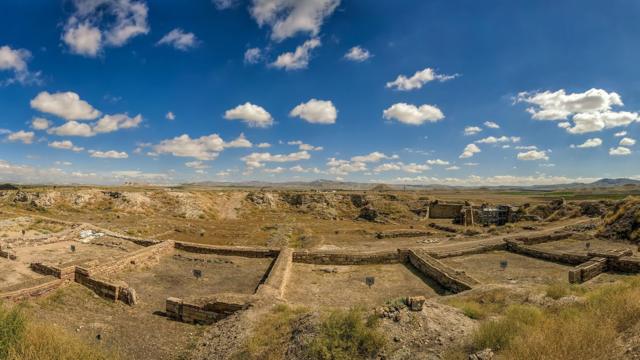
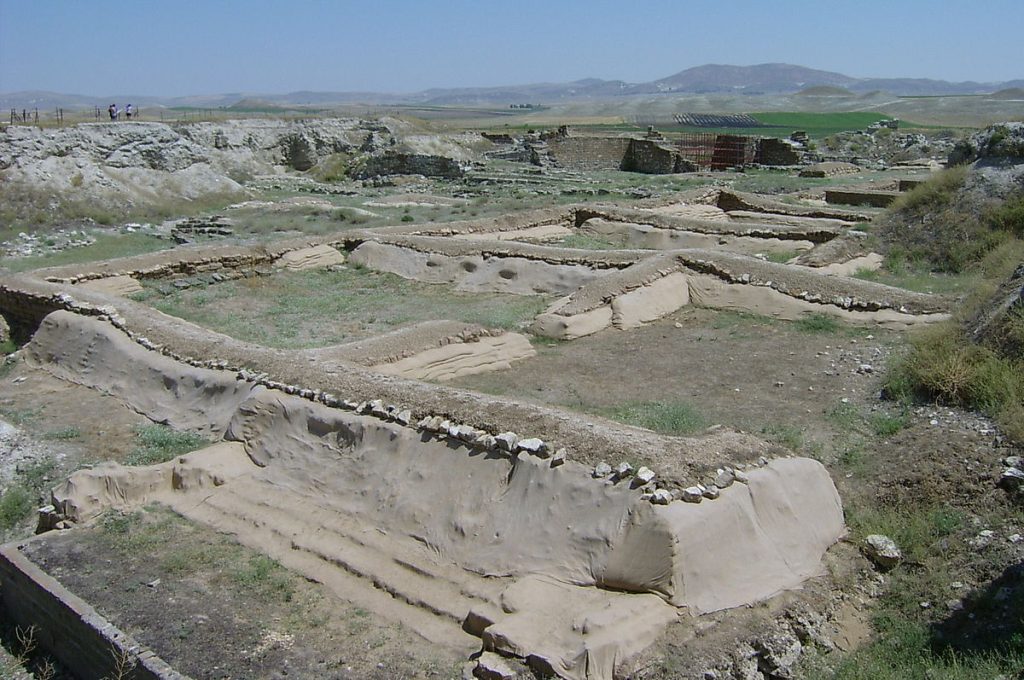
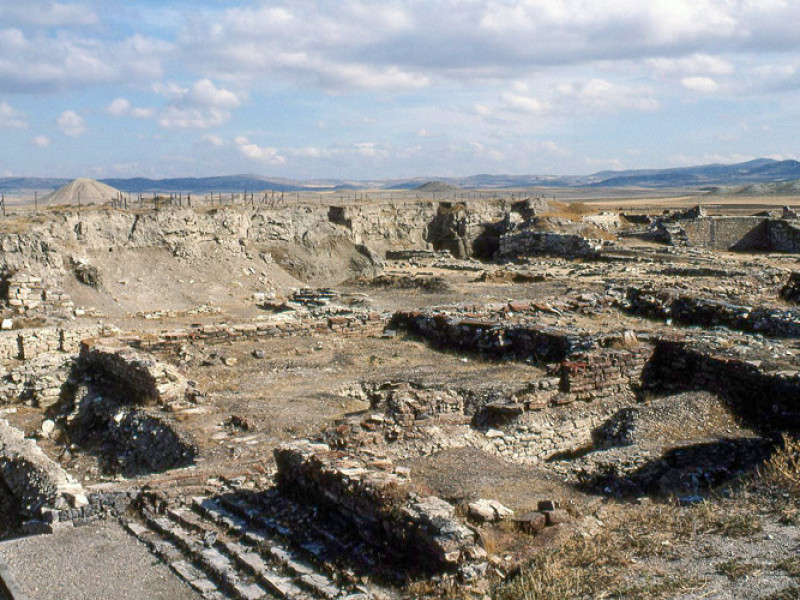
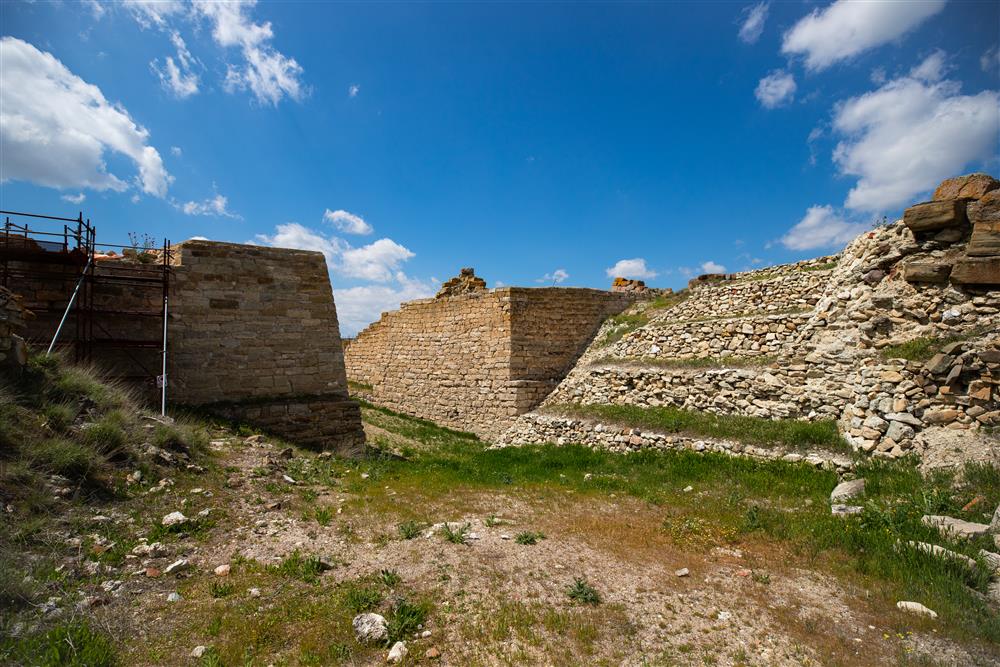
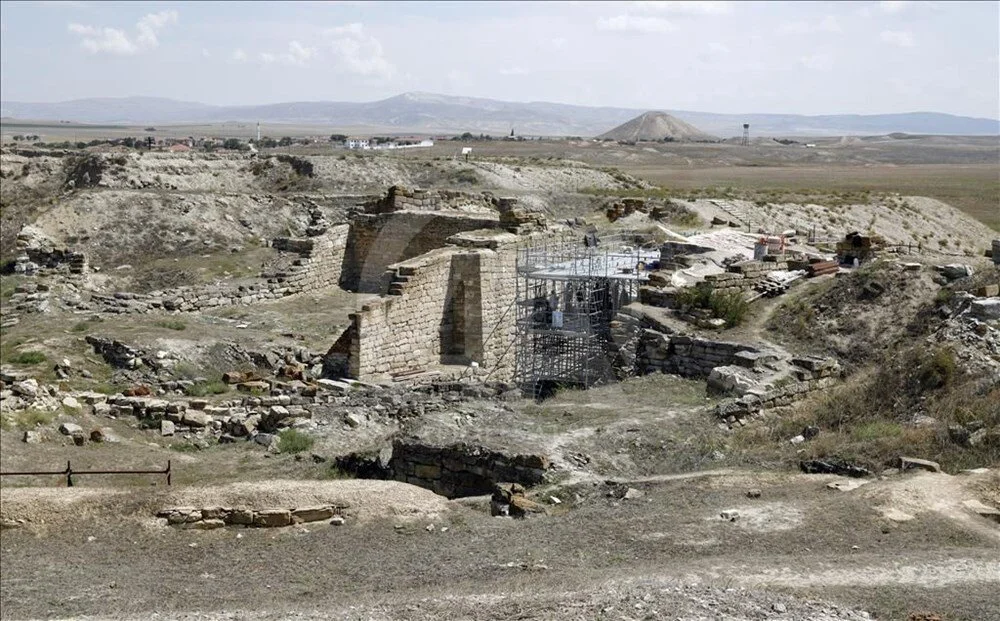
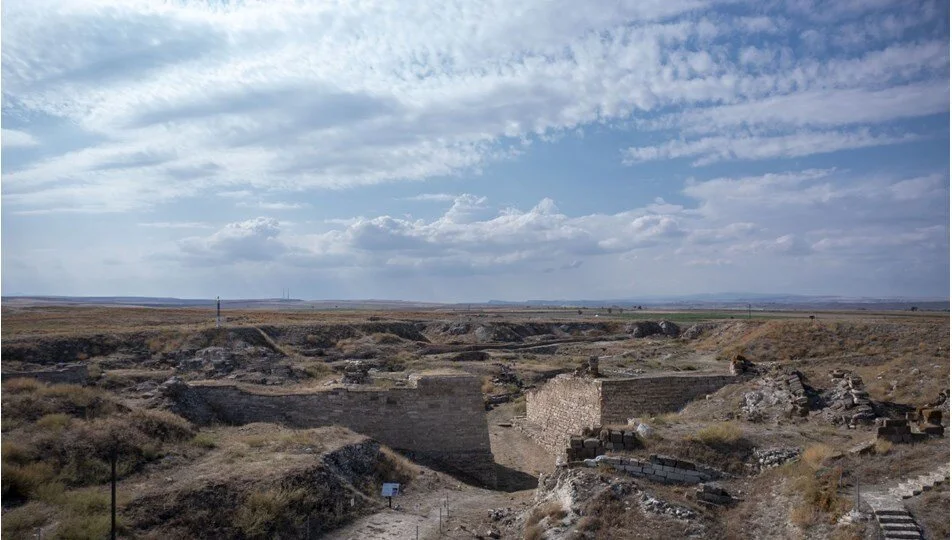

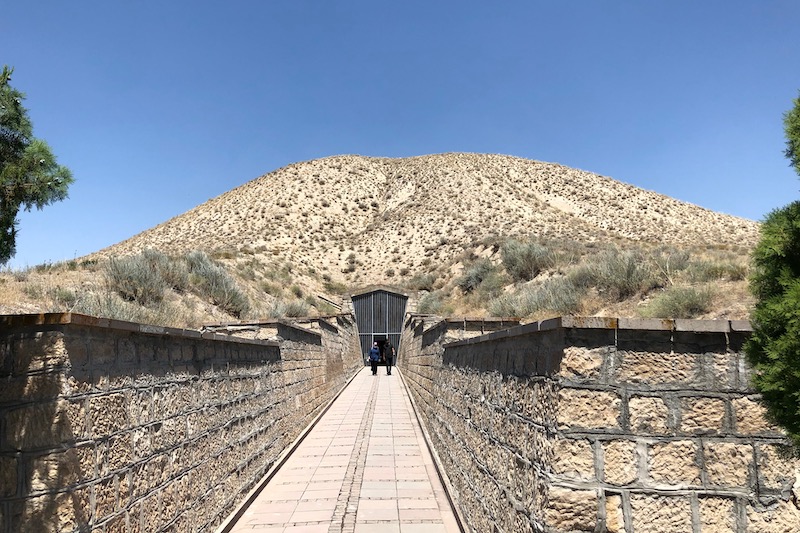
Where is Gordion, How to Get There?
Gordion is located within the borders of Yassıhöyük Village, which is part of the Polatlı district in Ankara Province. It is approximately 70 km away from the city center of Ankara.
Transportation Information:
🚗 By Private Vehicle: It can be reached by taking the Ankara-Eskişehir highway, passing Polatlı, and turning towards Yassıhöyük.
🚌 By Public Transportation: Minibuses from the Polatlı Bus Terminal to Yassıhöyük can be used.
📍 For Navigation: Simply type “Gordion Ancient City.”
The History of Gordion and the Phrygian Civilization
Who Were the Phrygians?
The Phrygians were an Indo-European people who arrived in Anatolia in the 12th century BC. In a short time, they established a widespread civilization around present-day Ankara, Eskişehir, and Afyonkarahisar.
The Founding of Gordion
Gordion was not just a city for the Phrygians; it was their capital. From the 9th century BC onward, it became a strategic and cultural center. The city’s name likely derives from the first Phrygian king, Gordios.
King Midas: Legend or Reality?
King Midas is the most famous ruler of Gordion. According to legend, he had the power to turn everything he touched into gold. This myth symbolizes his immense wealth and the strength of the Phrygian economy. However, the historical Midas was a powerful leader who lived in the 8th century BC.
The Gordion Knot and Alexander the Great
According to ancient sources, there was a sacred chariot in Gordion tied with an intricate, unbreakable knot. Legend had it that whoever could untie this knot would become the ruler of Asia. Alexander the Great turned the prophecy in his favor by cutting the knot with his sword.
The Archaeological Riches of Gordion
1) Midas Tumulus
The most striking structure in Gordion is the Midas Tumulus. With a diameter of approximately 300 meters and a height of 50 meters, this burial mound is one of the largest tumuli in Anatolia.
2) Phrygian Walls and Fortress
Among the remains uncovered during the excavations in Gordion are:
- Massive stone walls
- City gate and entrance complex
- Wooden structures typical of Phrygian architecture
- Ceramic workshops
- Temple remains
3) Inscriptions and the Phrygian Alphabet
The Phrygians used a unique alphabet of their own. The inscriptions found in Gordion are highly valuable for deciphering and understanding this language.
Gordion Museum: A Journey Through Time
The Gordion Museum is a place where artifacts from the excavations are displayed and the history of the region is presented in chronological order. Here, you can see:
- Phrygian pottery
- Gold jewelry
- Wooden furniture
- Funerary items belonging to Midas
UNESCO World Heritage Status of Gordion
In 2023, Gordion was included in the UNESCO World Heritage List. This development not only ensured the implementation of international preservation standards but also greatly contributed to the region in terms of tourism.
Places to Visit in Gordion
- Midas Tumulus – One of Anatolia’s largest burial mounds, with a diameter of approximately 300 m and a height of 50 m.
- Phrygian Walls and Fortress – The remains of massive stone fortifications and a citadel.
- City Gate and Entrance Complex – The impressive gateway that once marked the main entrance to the ancient city.
- Wooden Structures – Remnants of buildings showcasing typical Phrygian construction methods.
- Ceramic Workshops – Archaeological evidence of Phrygian pottery production.
- Temple Ruins – Sites of religious worship within the ancient city.
- Gordion Museum – A chronological exhibition venue housing Phrygian pottery, gold jewelry, wooden furniture, and funerary artifacts linked to Midas.

